The vocabulary of UX and UI is ever expanding. Throwing in new and mutually inclusive words like CX could puzzle anyone learning these concepts. A User Experience design would have similar principles and values as that of a Customer Experience design. However, their approaches can differ. And we are here to untie each knot of confusion!
Defining the terms and pitting CX vs UX
CX and UX are complementary functions of brand value. One can say that UX is a subset of CX. User Experience is commonly focused on the usability of the product rather than the whole experience of the brand. The product can be a website, mobile app and even software – a digital touch point between customer and brand.
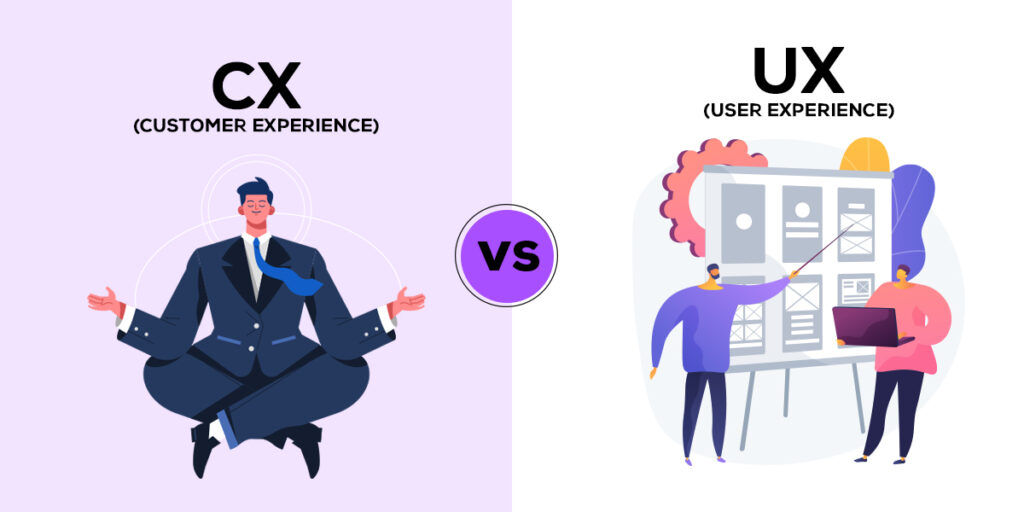
Whereas, Customer Experience goes beyond usability and tries to maintain loyalty within the customer and brand bond. For that, they have to analyze the customer’s perception of the brand and set strategies for advertising, pricing of products/services, customer service, brand reputation, etc.
Do not confuse user experience with customer experience -one may advise. But why do we have different terms for seemingly similar things? Since the digitalization of many such processes, the experiences have been layered and are equally important in a brand’s totality.
Interdependence of CX and UX
UX focuses on ease in navigating and the joy of experiencing the product. And the elements that make these processes attainable add to the UX experience of the brand. From a visually appealing graphic to mundane yet imperative buttons, A user experience design will bring together everything.
After a satisfactory exit or experience from a UX product, the customer will invariably have an opinion about the whole brand experience. A smart customer experience design will take in this factor to positively influence other areas of the brand.
In many ways, CX vs UX is more collaborative than competitive. Sales, customer service, feedback and such metrics can be largely derived from the UX products of a brand. UX and CX affect and determine the interaction level, journey-level and relationship level between a brand and a customer.
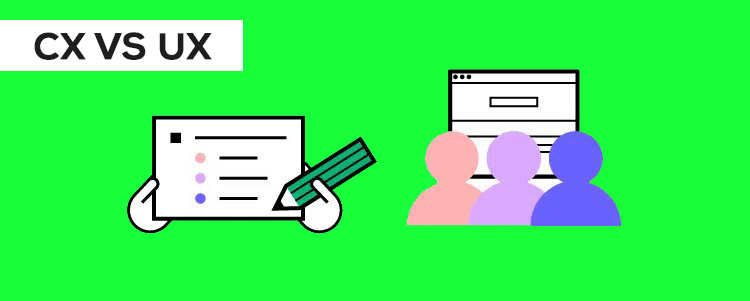
Untangling CX vs UX
Let us illustrate with a few examples to help you understand the key differences between CX and UX.
Focus
UX focuses on the usability of the product and the client interaction. CX focuses on the whole of the customer interaction and experience with the brand. For example, if a pencil has to be launched today, Customer experience design will focus on how much you’d prefer this brand over others, loyalty, and customer satisfaction with the aspects of the product and services -which also includes conflict resolution.
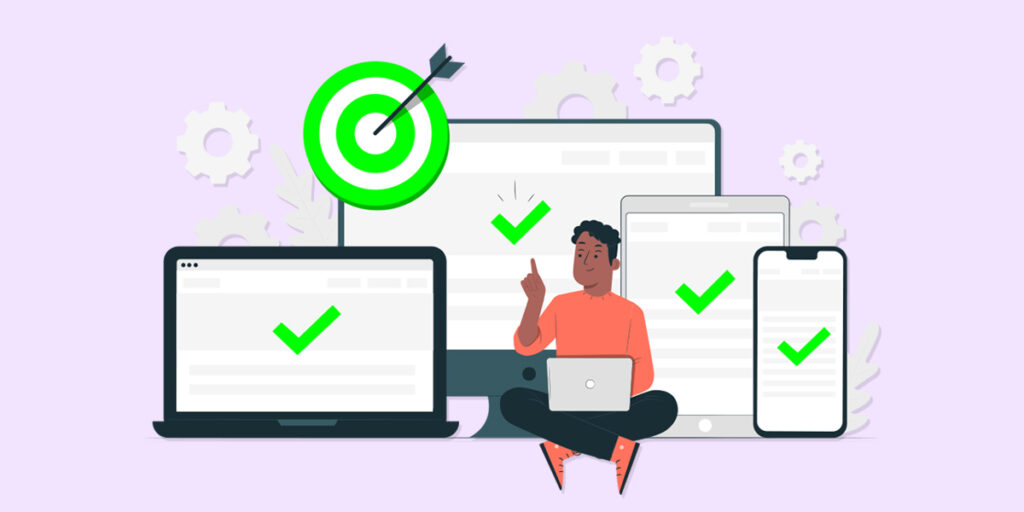
When it comes to UX design, it will focus on the digital touchpoint of the customer and the brand. It would include how seamless the navigation is, how quick is the interface, whether they would be able to make orders efficiently, was the graphics and design tempting to look at, and would the end process give them maximum satisfaction. It doesn’t have to do anything with how the product turns out to be, the problems you face while using the product, and so on.
Measuring metrics
Customer experience design uses metrics like retention rate, churn rate, net promoter score, customer lifetime value, and customer effort score. These can be enhanced through advertising, sales promotions, and marketing strategies.
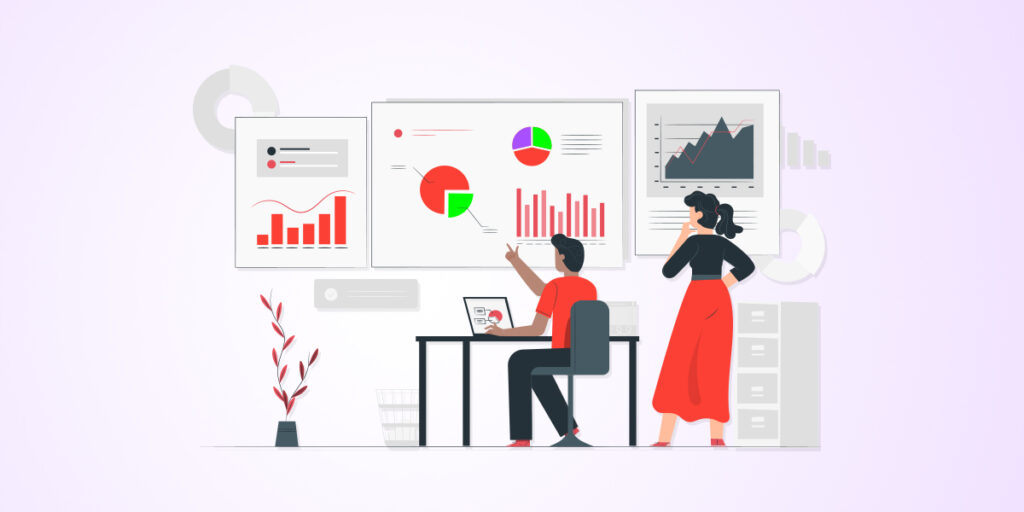
User experience design uses metrics like feedback on app stores, ratings, abandonment rate, and consumers’ reviews of their experience. These metrics can add to the CX design’s overall effectiveness.
Customer Journey
While CX vs UX is interdependent, they have different metrics to define their success. For example, filling a physical form at a government office and standing in a huge line might not reflect greatly on the customer experience of the service. How swiftly a problem gets resolved is also a determining factor in the CX of such.
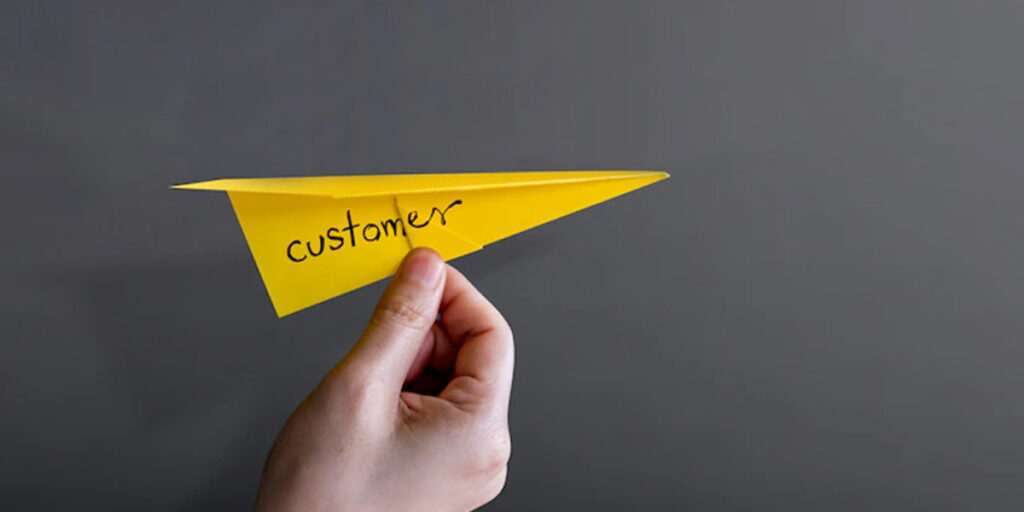
On the other hand, if a government’s website is way more swift and efficient in resolving a problem then it alters the way how people would interact with the governmental services. They may prefer a digital touchpoint over the physical one.
Here, the UX will be deemed more successful than the CX of a physical place/service area. However, if you turn the situation around, the metrics might change again. For example, if the physical office gives swifter results and working around an app is difficult to understand and loading pages get awfully tiring, then the UX of the brand has failed but CX might still get unaffected.
Conclusion
What is interesting to note here in the UX vs CX discussion is that CX largely depends on how well you know your audience, and how swiftly you can serve them and resolve their problems. UX only amplifies the swiftness of the experience through digital means. UX can affect a few or a major part of the CX. It is dependent on the business model of the brand. If the internet is the vehicle that pushes the sales forward then UX becomes one of the major components in the success of the CX as a whole. Else, a retail store or physical office diverts the experience metrics of the customer’s journey.
Well, this was all about the UX vs CX debate! We hope that you do not confuse user experience with customer experience now after reading this bit!
FAQs For CX vs UX
Why UX is important for CX?
UX is important for CX because it helps to create a better overall customer experience. By improving the usability and functionality of a website or app, UX can help to make the customer journey smoother and more enjoyable. This in turn can lead to higher customer satisfaction levels and repeat business. In addition, good UX can also help to increase brand loyalty and advocacy.
Is UX the same as customer journey?
No, UX is not the same as the customer journey. Customer journey refers to the specific path that a customer takes while interacting with a company, from awareness to purchase and beyond. UX, on the other hand, is the overall experience that a customer has while interacting with a UI UX design company, from the website to the customer service. While customer journey is a specific part of the UX, it is not the same thing.
What is the difference between UX and CX?
CX is all about creating a positive experience for the customer, from the moment they visit the website to the moment they leave. This includes everything from the overall design of the website to the individual elements on each page. A good CX will make the customer feel welcomed, engaged, and satisfied with their experience.
UX, on the other hand, is all about making the website easy and enjoyable to use. This includes everything from the navigation to the content. A good UX will make the website easy to use and navigate, and the content easy to understand.
How does CX work with UX?
The relationship between CX and UX is a close one, as both disciplines are focused on providing a positive experience for users. CX focuses on the overall customer experience, while UX is focused on the user experience of using a product or service. Together, they work to ensure that users have a positive experience with a company or brand at every touchpoint.
CX and UX work together to improve the customer journey. CX looks at the big picture of the customer experience, while UX looks at the details of how users interact with a product or service. Together, they can identify areas where the customer experience can be improved and make changes to improve the overall experience.
How are UX Metrics measured?
Metrics like feedback on app stores, ratings, abandonment rate, and consumers’ reviews of their experience to help mesure UX metrics




